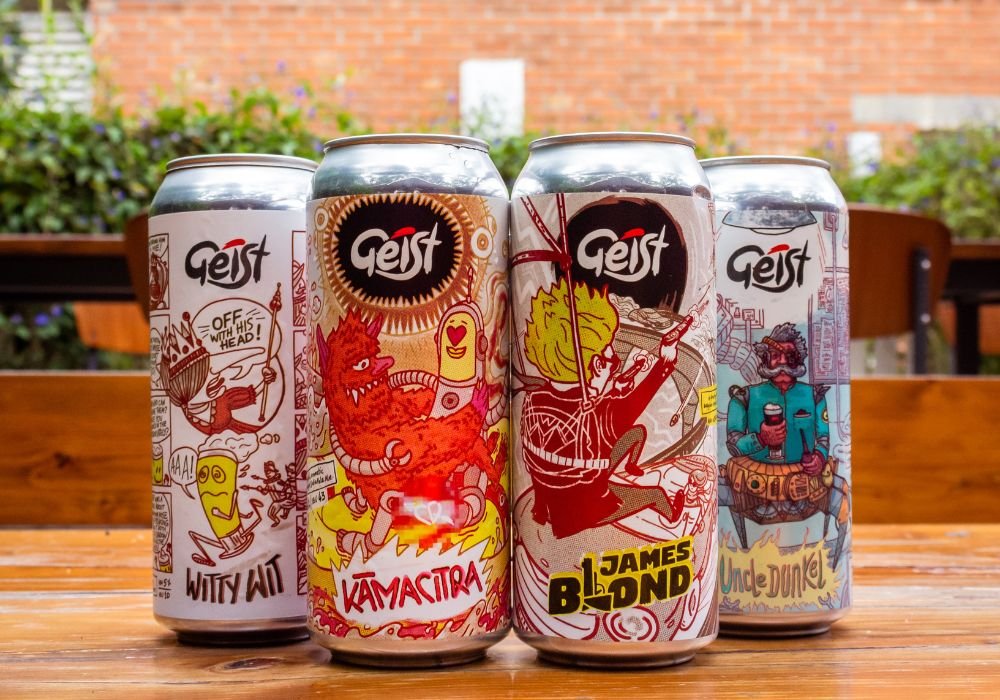A Guide to Rauchbier

Rauchbier is a German word that literally translates to “smoked beer”. It is a malty-rich German lager that is imbued with a campfire-like flavour with the use of beechwood-smoked malts.
Barley is malted via three steps – steeping, germination and kilning. It is kilned by slowly raising the temperatures to halt sprouting. Speciality malts are kilned at higher temperatures for a longer period of time by circulating hot air. Smoked Malt on the other hand is set above an open fire of dried wood, usually a beechwood in this case. Smoke rises from the burning lumber and permeates the barley husks and gives the malt its signature smoky flavour.
Prior to the modern era, drying malted barley in direct sunlight was used in addition to drying over flames. Even though kiln drying of the malt, using indirect heat, did not enter into widespread usage until the industrial era, the method was known as early as the first century BC.
Even though Rauchbiers aren’t that common nowadays, the city of Bamberg, Germany located in Central Deutschland is known as the world capital of Rauchbier brewing. Two brewpubs in Bamberg, Germany, Schlenkerla, and Spezial, have continued this smoked beer production for more than a century.

Any beer style can be referred to as a “Rauchbier“, as long as they have smoked malts.
Other German beer styles such as Dunkes Bock, Helles, Weissbier can be smoked as well but the intensity of smoke character can widely vary. Brewers can (and do) make smoked Helles, Porters, and IPAs, as well as some sour ales. However, Rauchbier is a copper-coloured lager with a base style of Märzen and the intensity of the smoked malt varies by the maltster.
Grodziskie or Grätzer are similar, traditional smoked beers from Poland, but made from wheat and highly carbonated, and with a perhaps older history, although it saw a period of no production in the late 1990s.
Vital Stats of a Classic Rauchbier
-
ABV: 4.8 – 6%
-
Bitterness: 20 – 30 IBU
-
Colour: 12 – 22 SRM
Glassware
Generally, it doesn’t have any specific glassware but it is often served in a Willibecher.




